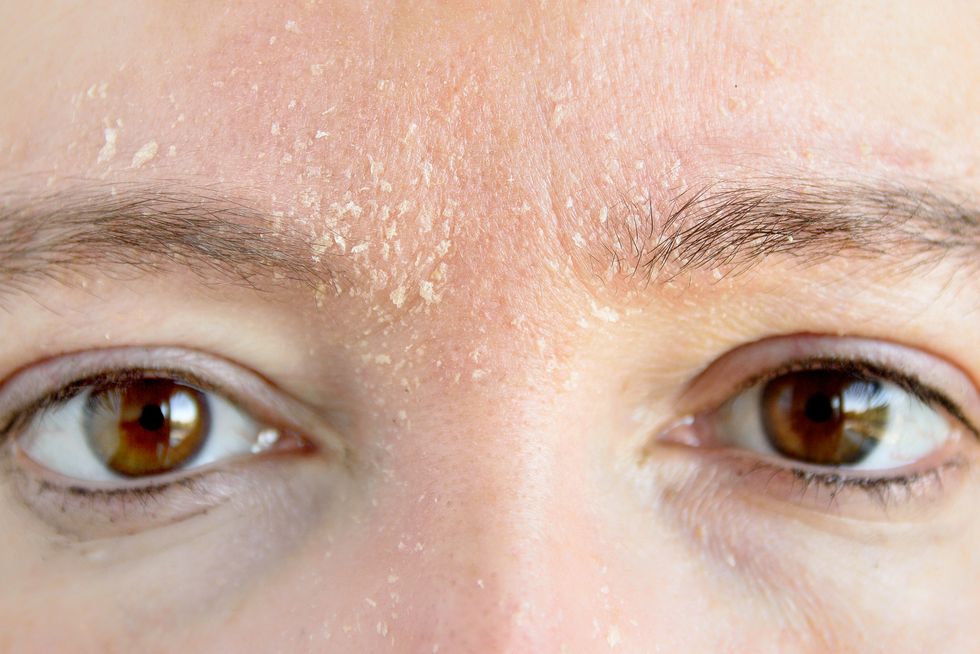
In the realm of orthopedic care and injury rehabilitation, neck braces and supports stand as invaluable tools, offering crucial stability, support, and protection for individuals recovering from neck injuries or managing chronic conditions. These devices play a pivotal role in not only safeguarding the delicate cervical spine but also facilitating optimal healing and promoting comfort during the recovery process. In this comprehensive guide, we delve into the significance of neck braces and supports, exploring their multifaceted benefits and the diverse scenarios in which they prove indispensable.
Understanding Neck Braces and Supports
Neck braces, also known as cervical collars, are medical devices designed to immobilize and support the neck, providing stability and limiting movement to facilitate healing. These braces come in various designs, ranging from soft foam collars to rigid, adjustable braces tailored to specific needs. Their primary function is to restrict the range of motion in the cervical spine, preventing further injury or strain while promoting proper alignment.
Key Benefits of Neck Braces and Supports
Stabilization and Immobilization: One of the primary benefits of neck braces is their ability to stabilize and immobilize the neck following trauma or injury. By restricting movement, these devices help prevent additional damage to the cervical spine and surrounding tissues, allowing for optimal healing.
Pain Management: Neck braces can alleviate pain by reducing strain on injured muscles, ligaments, and nerves. By providing support to the neck, they help distribute weight more evenly, relieving pressure and tension that contribute to discomfort.
Postural Correction: Individuals suffering from conditions like cervical spondylosis or poor posture can benefit from neck braces by promoting proper alignment of the spine. These devices encourage the head and neck to maintain a neutral position, reducing strain on the muscles and vertebrae.
Facilitated Recovery: Neck braces play a crucial role in facilitating the recovery process after neck surgery or injury. By limiting movement and providing support, they create an optimal environment for healing, reducing the risk of complications and promoting a speedier recovery.
Applications of Neck Braces and Supports
Traumatic Injuries: Neck braces are commonly used in cases of traumatic injuries such as whiplash, vertebral fractures, or spinal cord injuries. These devices help stabilize the neck and prevent further damage during the critical early stages of recovery.
Degenerative Conditions: Individuals suffering from degenerative conditions like cervical spondylosis or herniated discs can benefit from wearing neck braces to alleviate pain, support the spine, and prevent further deterioration.
Post-Surgical Rehabilitation: Neck braces are often prescribed as part of post-surgical rehabilitation protocols following procedures such as cervical fusion or discectomy. They provide essential support to the neck during the initial phases of recovery, promoting proper alignment and minimizing strain on surgical sites.
Types of Neck Braces and Supports
Soft Collars: Soft cervical collars are typically made from foam or fabric and are designed to provide mild support and immobilization for minor neck injuries or strains.
Rigid Braces: Rigid neck braces are constructed from sturdy materials such as plastic or metal and offer maximum support and immobilization for more severe injuries or post-surgical recovery.
Adjustable Braces: Adjustable neck braces allow for customization to fit individual anatomies and provide varying degrees of support and immobilization as needed.
Conclusion
In conclusion, neck braces and supports are indispensable tools in the realm of orthopedic care, offering essential stability, support, and protection for individuals recovering from neck injuries or managing chronic conditions. From traumatic injuries to degenerative conditions and post-surgical rehabilitation, these devices play a crucial role in promoting comfort, safety, and optimal healing. By understanding the significance of neck braces and embracing their use in appropriate scenarios, healthcare professionals and patients alike can enhance the effectiveness of treatment strategies and improve outcomes for individuals with neck-related concerns.








